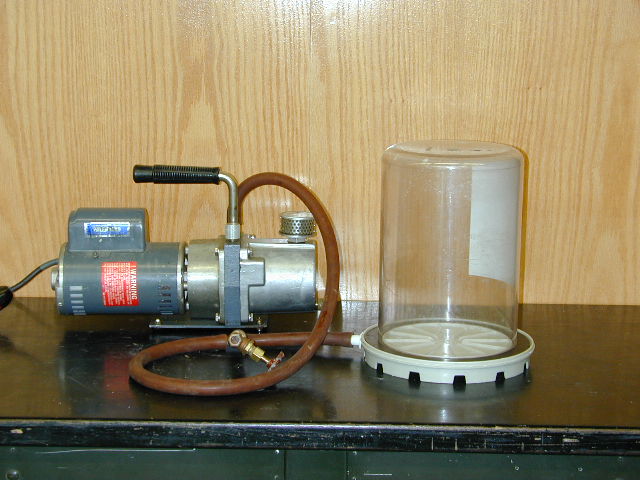While seeing that it requires many gauges, pumps, and nozzles, I realized that I didn’t really want to build one even though it would be a cool project in the end. Besides, what would I do with a vacuum chamber? Anyway, I had put a lot into thinking about what it would take to build a vacuum chamber as efficiently as possible. The container would have to be very sturdy and solid so that it would not give way to the intense suction inside the chamber. The solidity and strength of the material that made the chamber would have to withstand the pressure of atoms wanting to go from higher concentration outside to lower concentration inside the chamber, or diffuse.
(cellular) Diffusion
Then as I kept thinking about what it would take to build a vacuum chamber, I started to think about the biggest vacuum chamber of all, space.
As I mentioned in my last blog post, Membrane Theory, there is not just one universe, what we live in is a multiverse, with millions of universes in it. I also mentioned that a “Big Bang” happens when walls of a universe collide and send strings of matter out into each universe in a violent, hot instant. That would mean that the universe has an end! In our unfathomably large universe there is a wall that separates outside from inside. If you think about it, of course there is, because if there was no wall separating outside the universe from inside the universe we wouldn’t have a vacuum. Even if we didn’t already know that we live in a multiverse and that the big bang happened from walls of universes colliding it would make sense to think that the universe needs a barrier to keep in the matter. If the universe didn’t end, and was infinite, that would be another story. If there was an infinite amount of space and the same amount of matter that we know exists, wouldn’t the vacuum be stronger? Think of it like pulling back on a syringe that is clogged at the end it takes air in. It would get harder and harder to pull back because the negative pressure would get more and more intense.
Wouldn’t the power of the vacuum be strong enough to rip atoms away from each other and counteract the effects of gravity if the universe were infinite?
http://www.youtube.com/watch?v=OHY9fFQhX68&feature=related
Video of marshmallows in a vacuum chamber
http://www.youtube.com/watch?v=OHY9fFQhX68&feature=related
Video of marshmallows in a vacuum chamber
In this video, the marshmallows expand as the pressure decreases then when pressure increases again, the marshmallows shrink back down into normal size. This is a great model of what happens to anything as pressure increases or decreases. The increase in pressure would put more weight on each part of an object, lets say a marshmallow, and push every part of it uniformly to create a more compact marshmallow. If pressure decreases the marshmallow is pulled evenly on all sides to make a puffier, larger mushroom with a lot more empty space in it.
Therefore, one of the reasons we are able to have stars and planets and gatherings of matter in our universe is that the vacuum’s pressure is just right to allow for gravity to bring gas into a dense cloud until the friction among atoms causes ignition. The pressure is also just right enough to allow gravity to make planets. And thanks to the very sturdy wall of our universe that not only collided with another to cause the big bang and give us all the matter we know of, but also acts as a great barrier to keep in our matter and keep us at the perfect pressure.




No comments:
Post a Comment